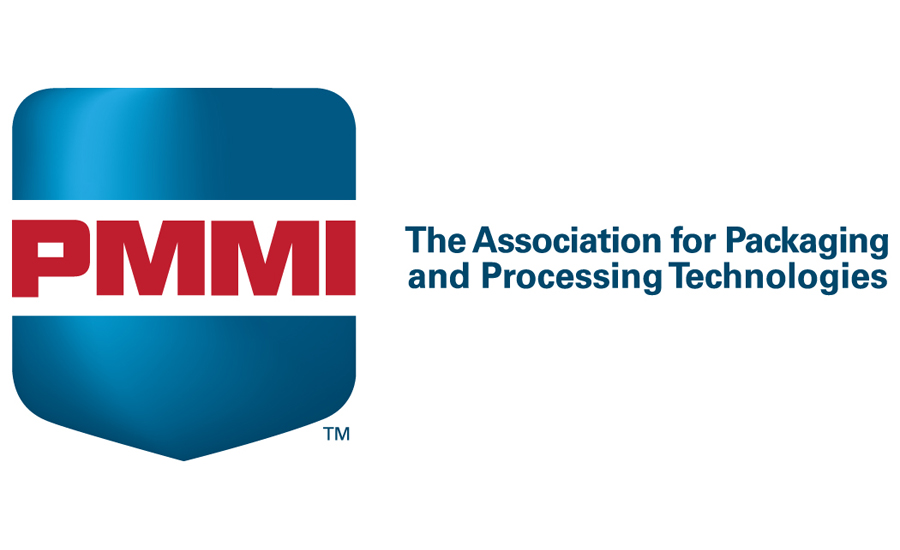The approach to packaging is shifting in the food industry today in the wake of expanding e-commerce. In order to illustrate the challenges and opportunities for packaging as more shoppers opt for online purchase, Douglas J. Peckenpaugh, chief editor of Snack Food & Wholesale Bakery,spoke with Jorge Izquierdo, vice president, market development for PMMI, The Association for Packaging and Processing Technologies, which recently published its 2015“E-Commerce Market Assessment.”
Douglas J. Peckenpaugh: How are consumers reacting to the evolving role of e-commerce across our various retail categories?
Jorge Izquierdo: Most of the time, consumers have the expectation that they will receive a product and shipping will be free. In some cases, price and size of the product helps the seller to justify it. For something like consumer electronics, the price of the product is relatively high, and it’s easy to justify the cost of shipment and it is similar for clothing and shoes. Now when we start reaching into categories more like groceries, it changes. For products like bakery and snacks, the price of the products is relatively low. The volume of the product is relatively high so the cost of shipping has a significant implication. Food only accounts for 10 percent of e-commerce. It’s relatively small, but I think it’s growing relatively fast. We’re expecting to see growth in food distribution via e-commerce of about 8 percent in the coming years.
DJP: How can retailers effectively sell more products like certain types of snacks and baked goods via e-commerce?
JI: They need to check the mix of how products could be offered, so that it’s done in an efficient and profitable way. While we’ve seen that some retailers are offering products in the traditional format, with the same presentation that you would find in a brick-and-mortar store, we are realizing that they’re not really making a profit—and in some cases, they’re taking a loss just to make sure they maintain a share of the market.
They are realizing they need to change the way they present, and the way they pack, their products. In many supermarkets, retailers already offer these products in a variety mix. The variety mix approach has two advantages for e-commerce. Instead of only incurring the cost of shipping for one single product, you can choose a variety mix of maybe three or five different products. That way, it’s easier to justify the shipping. The variety pack also offers secondary packaging to hold the products together and can also further protect them during fulfillment and delivery.
Another good approach is online automatic subscriptions, an approach that is growing significantly. On sites like Amazon.com, you can subscribe and get a monthly supply of products—it could be toothpaste, could be cookies and crackers, it could be snacks, etc. You get a monthly supply of the products you know you will be consuming, and they consolidate all those products in one single shipment. It’s more cost-effective for them and for the consumer.
DJP: How do packaging tactics change when shifting from brick-and-mortar to e-commerce?
JI: In terms of primary packaging, currently, what you get from e-commerce is pretty much the same as brick-and-mortar because retailers and CPG companies are trying to make sure that their consumers feel confident that the product that they are getting via e-commerce is the same product they are getting at the store. However the marketing function that the primary packaging has on each of them is very different. In brick-and-mortar, basically what you want is to convince the customer in two to three seconds to buy the product. One of the main objectives of packaging, including design and graphics, is to say, “Buy me. Take me with you.” In the case of e-commerce, it’s quite different. By the time you actually hold and look at the package, you’ve already bought it. In e-commerce, the primary packaging might sometimes concentrate on other objectives, like repeat purchase, maybe highlighting different uses of the products or maybe a coupon that moves the customer toward repeat the purchase. I think in the future, as consumers feel more confident purchasing groceries online, CPG companies will change their e-commerce packaging aiming more at repeated purchases and consumer experience.
DJP: How can retailers, as well as snack producers and bakeries shipping directly to consumers, use secondary packaging to their greatest benefit?
JI: On a multi-pack, you’re also incorporating secondary packaging that, if designed properly, can also help protect the product as it goes through fulfillment, and the logistics of distribution and shipment. With multi-packs, they also have good opportunities for branding of the secondary packaging. There are some CPGs that are marketing their products directly to the consumers, and in those cases they can provide their own container, perhaps a corrugated box, that promotes the company’s brands—the colors, the logos of the company.
DJP: Any final thoughts?
JI: One of the key points for the success of e-commerce is basically for CPG manufacturers, retailers and the logistics companies to work together and outline expectations in terms of packaging and the conditions they need to withstand during the distribution of the products. That way, they have a clear expectation of how the products will be fulfilled and what type of handling they need to go through so the packaging can be developed accordingly. That’s one of the most important things that we have found.
In terms of technology, we are finding—and I would say that this should be very familiar to those in the snack and bakery industries—is the increasing demands for robotics in secondary packaging and order fulfillment. Very likely, in e-commerce, these products won’t be sold one pack at a time, but in multipacks, and those multipacks—and the variety of products they include in the multipacks—will be changing frequently. It could depend on the season, weather or holidays. So the demand that we’ve seen is for flexibility in the equipment so CPGs can quickly accommodate all these changes. These demands have already been there, because different retailers demand different presentations and different mixes. This is going to be exacerbated with e-commerce, so we are expecting to see more and more robotics used for product mixes as the approach to e-commerce evolves.
PACK EXPO Las Vegas
Professionals across a wide variety of vertical market segments can find the latest information and technologies to tackle the challenges associated with the growth of e-commerce at PACK EXPO Las Vegas and Pharma EXPO 2015 (Las Vegas Convention Center, September 28–30, 2015). The shows’ first co-location in Las Vegas will draw 30,000 attendees to see 2,000 exhibitors showcase a variety of equipment and material solutions across more than 800,000 net square feet of exhibit space. This record-breaking event will offer attendees opportunities to see the latest packaging and processing technologies, cross-pollinate ideas and innovation across industries, network with peers and suppliers, and gain insights from a diverse range of educational programming.
To register for PACK EXPO and Pharma EXPO, visit www.packexpolasvegas.com. Registration is $30 through Sept. 14, when it increases to $100.
Click on the infographic below to view a larger version.






